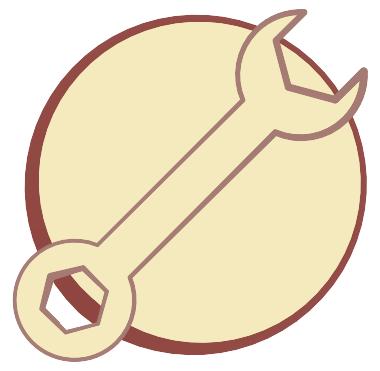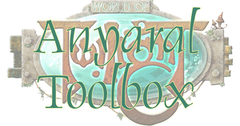Twilight Ramblings 16 - The Kedashi Swarms
The Myths of the Kedashi:
In the civilised cities of the Empire these myths are still told to jenta, but to most fubarnii they are simply seen as parables of the dangers of the forests. For those who live in the shadows of the forests these myths carry far more weight. Every settlement will have stories of those who ventured too far and were lost to the Kedashi and most will offer up sacrifices in thanks for being allowed to stay. For many generations there has been a tacit understanding between the Kedashi and the ″outsiders″. The outsiders can live within the shadows of the trees, but they are not welcome beyond those outskirts. Even the devanu follow the understanding. There are always young outcasts who are desperate enough to break the understanding, but it is rare for them to emerge from the depths.
The fubarnii view of the frenu:
The Lifecycle of the frenu:
The flightless queens live together in groups in large nests, high up in the trees. They are waited on by their loyal kopa and younger sempa, rarely leaving the nests. They produce egg material in vast quantities, which is then gathered up by the younger sempa and fertilised by the selected kopa. The eggs hatch within a couple of weeks and the tiny little frenu crawl down the tree looking for small grubs and berries. Within a few weeks they are able to fly and spread far and wide. At no point are they cared for directly by their parents, although the trebarnii who live in settlements around the nest trees will leave food and offerings that ensure the hatchlings have plenty to eat in their early days. Once they’ve left the nest trees the frenu have a harsh few months, competing for food and preyed upon by countless predators. The vast majority of frenu die during this time, never developing any more than very limited bird-like intelligence. A small proportion of the young jenta do however survive and mature to the kopa lifestage, skipping the sempa lifestage completely. They slowly grow larger and more powerful. Their brains also develop substantially, giving them a rudimentary level of intelligence. Their intelligence is far less than that of a fubarnii, but enough to communicate ideas, guide the swarms of young frenu and to understand the commands of their queens. A very small number of jenta are adopted by the queens and in their presence they develop into the flightless sempa lifestage. For a few years they will serve the queens, crawling up and down the nest trees and maintaining some flight. As they mature they may eventually earn their place with the queens. At that stage they start to produce egg material and gain too much weight to fly and their wings eventually degrade. They can crawl around on their four limbs, but from that moment on they rarely leave the safety of their treetop nests and are tended by their kopa, secreting material for tens of thousands of eggs through their lives. The queens live as a group and have developed surprising levels of intelligence through intensive communications. They guide their kopa and offspring to protect them and gather resources. It is not known how long the queens live for, but some believe that the eldest queens are over a century old.
Within the Naralon forests the Kedashi have formed a widespread community, with some young queens even travelling between nests to pass on information and important knowledge. Another step in the development of the Kedashi has been their interaction with a primitive race called the trebarnii. These ape like creatures with semi-prehensile tails live within the forests, foraging and hunting small creatures. Throughout the forests the trebarnii have a close relationship with the Kedashi, worshipping them as gods and bringing offerings of food and crafted goods. In return the frenu flocks help to protect their settlements from large beasts that would otherwise threaten them. This mutualistic relationship has provided great benefit and the two species are now intrinsically linked.It would seem that the frenu treat the trebarnii as a form of livestock and some pioneering queens have been carrying out careful breeding programs over many generations, selecting for beneficial traits such as size, intelligence or aggressiveness. This has resulted in a range of distinctive breeds of trebarnii, including hulking bodyguards comparable in size to the northern Engu and more intelligent smaller breeds capable of manufacturing crude weapons and tools.

